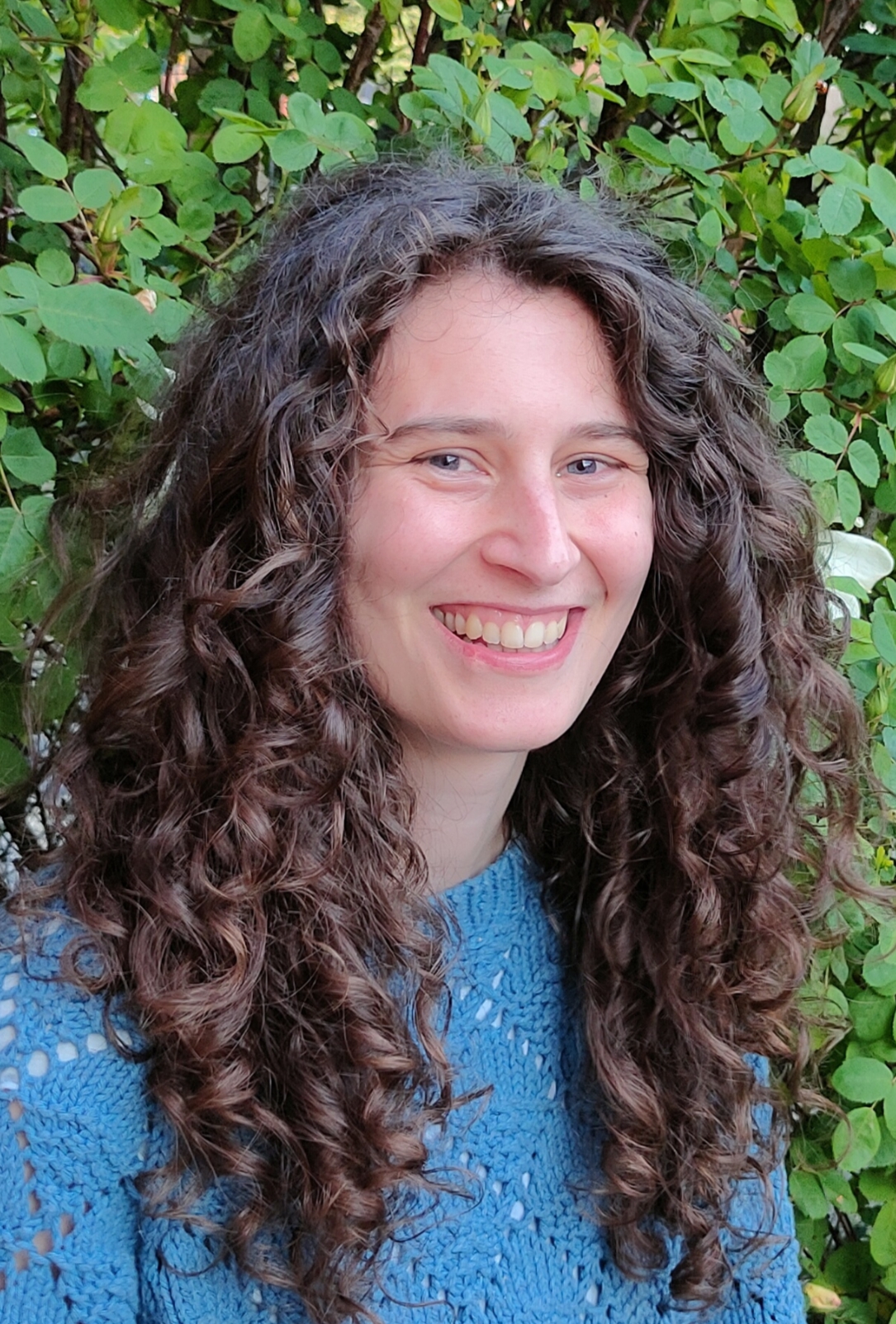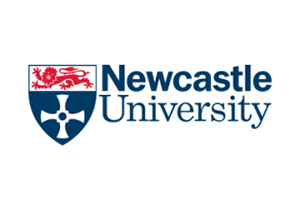Cohort 5
 Isis Cohen Nicholson
Isis Cohen Nicholson
- One Planet DTP Researcher Department of Applied Sciences
- Email: isis.nicholson@northumbria.ac.uk
- Based at: Northumbria University
Project Title:
Restored or reinvented? Assessing the success of peatland restoration pilot projects in the Northumberland National Parks using environmental DNA (eDNA)
Supervisory Team:
Professor David Pearce (Principal – Northumbria University)
Professor Bronwen Whitney (Northumbria University)
Professor Mark Whittingham (Newcastle University)
Bio:
My love of spending time outside and the natural world has shaped my decision to study ecology throughout my degrees. It also led me to regularly volunteer for Northumberland Wildlife Trust where I’ve learnt a lot about practical conservation in a range of habitats. I particularly enjoy getting involved in their peatland restoration work. During my MSc research project, I also developed an interest in microbial ecology and the use of eDNA to help answer ecological questions. The bringing together of these interests led me to my current research into using microbial ecology to help support peatland restoration. Before starting my PhD, I worked as an A-level Biology tutor. I found it very rewarding to see students' confidence growing and them becoming more excited and interested in learning, particularly in plant biology and ecology topics that many students initially dislike. This has made me passionate about getting involved in science outreach opportunities outreach to help engage young people with ecology.
Project overview:
Peatlands are areas of land with a naturally accumulated layer of peat at the surface which is formed from the build-up of partially decomposed organic plant matter under waterlogged conditions. They provide many ecosystem services including carbon storage, water quality regulation, biodiversity and archaeological preservation. Unfortunately, in many areas, peatlands are degraded due to anthropogenic impacts such as drainage for agriculture, peat extraction and fire. Due to their importance over the last few decades considerable effort has been put into restoring peatlands. As recent articles (Kitson and Bell 2020, Ritson et al. 2021) have highlighted although microorganisms play a vital role in peatland ecosystem functioning (e.g. through decomposition and GHG flux) their role in restoration is not adequately understood. This project will characterise the microbial
communities at a site undergoing active restoration work (Whitelee Moor) using eDNA metabarcoding and address some of the challenges involved in developing peatland baseline datasets and monitoring tools for restoration. It will also integrate a multi-proxy palaeoecological approach to better understand ecological changes that have occurred through time at Whitelee Moor.
Research Questions:
What microbial communities are present in restored and unrestored, degraded areas of Whitelee Moor and to what extent do these communities show spatial and temporal variability?
What ecological changes have occurred through time at Whitelee Moor?
To what extent can these baseline data sets and techniques be used for monitoring peatland restoration?
Education:
MSc Biodiversity Ecology and Ecosystems - University of York, 2018 – 2019
BSc Biology - University of York, 2015 - 2018
Skills:
Fieldwork, R, bioinformatics
Hobbies:
Walking, gardening, knitting








